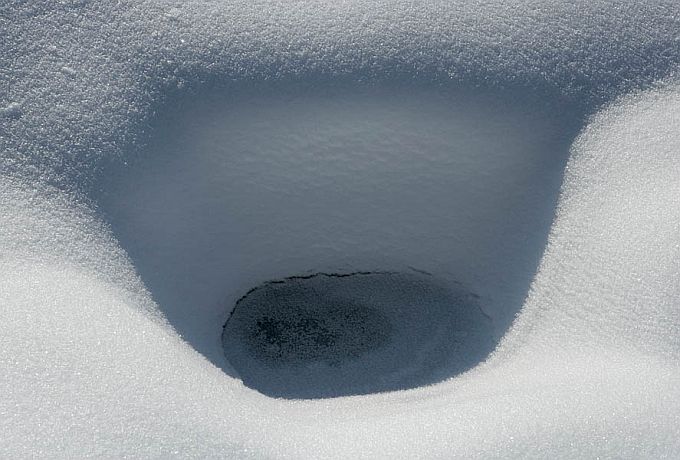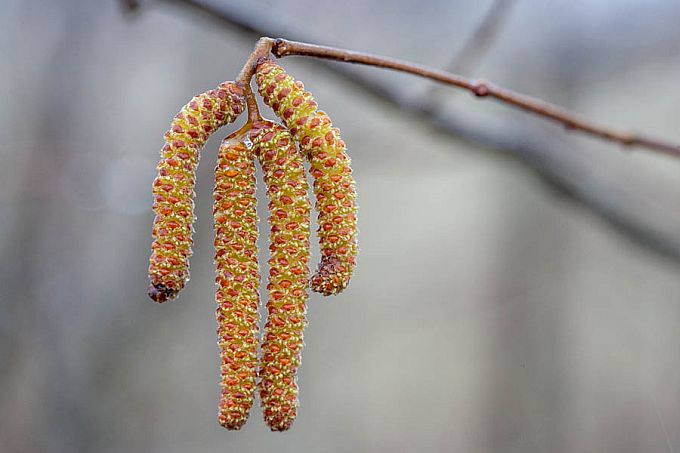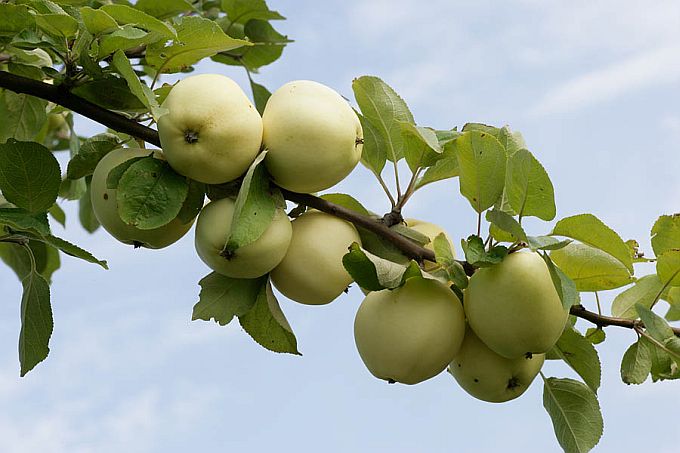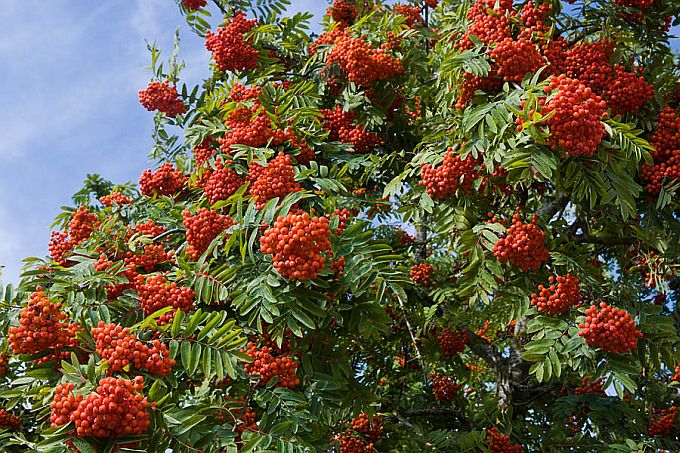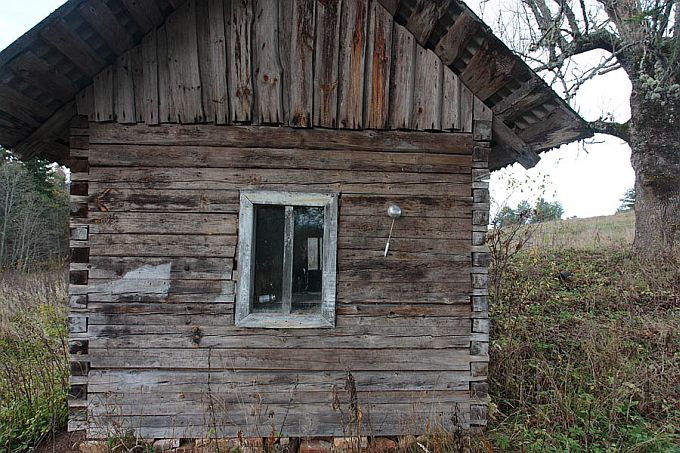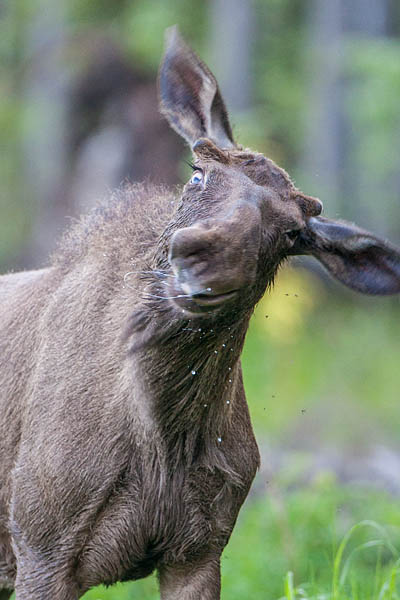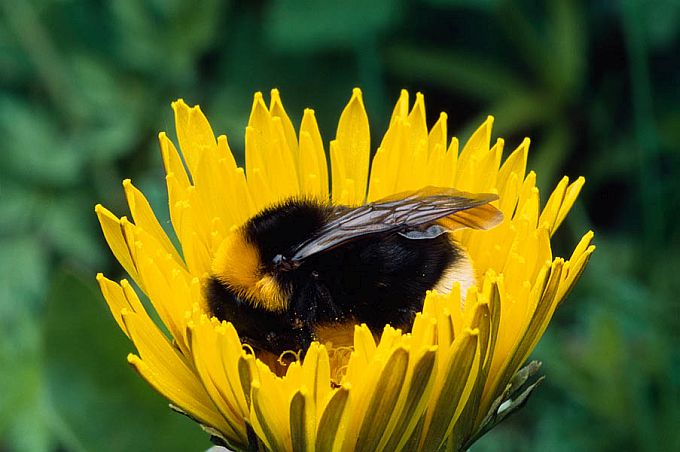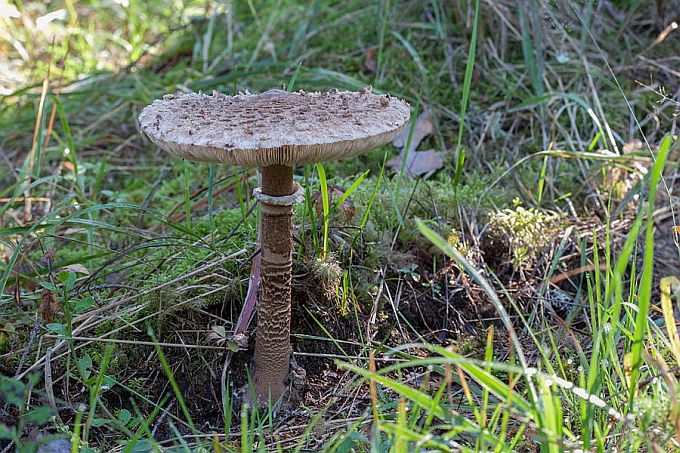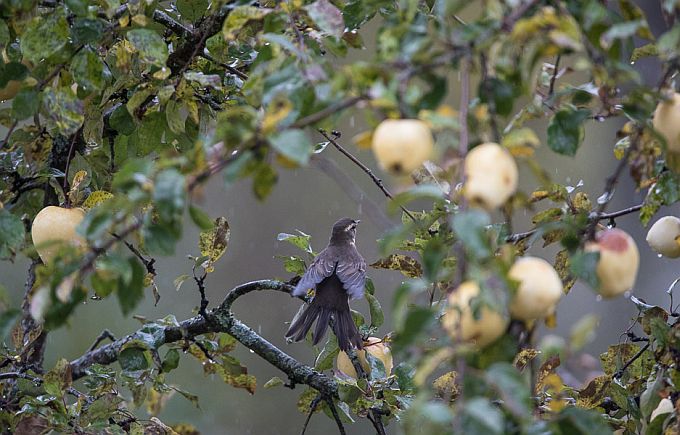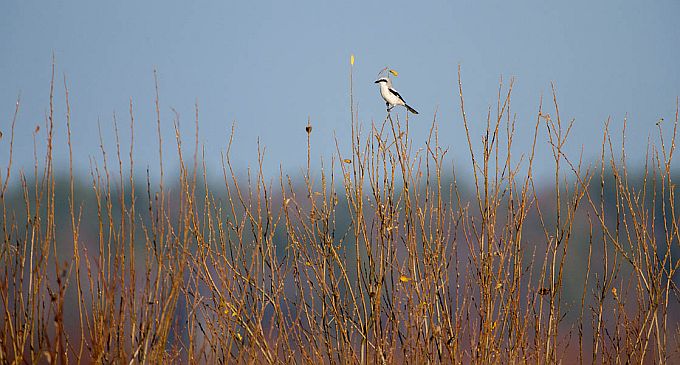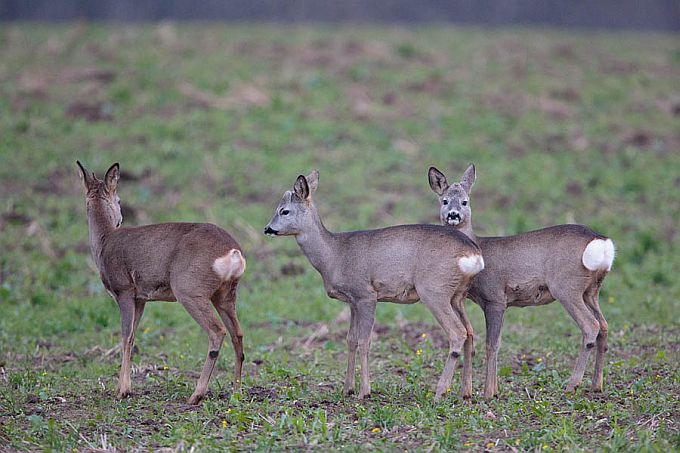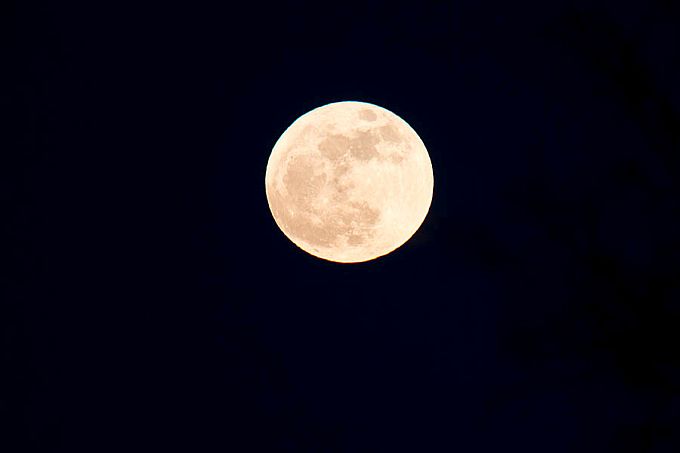As usual I will make a summary of this year’s weather:
The beginning of the year was enchantingly beautiful and rich in snow. Together with friends I made wonderful trips to the Varangu, Tiirike and Kambja springs. And although there was plenty of water this year the springs had a poor year, in many springs with poor runoff the water went bad. I only managed to visit half of the 365 springs that I had hoped for, but instead I discovered that there are wonderful springs everywhere in Estonia.
Hazel catkins
Hazels started releasing pollen already on March 6th in South Estonia. By then already the first very sleepy brimstone butterflies were out at the springs. Snowdrops flowered already on March 15th, the hepaticas on March 29th.
White stork pairs were at the nests already on April 15th, dandelions opened on April 22nd.
Plums flowered on the first days of May, on May 10th maybugs were out too. Apple trees started flowering on May 16th. The freshet waters did not rise to record heights this year in Estonia. A fast, flower-rich and promising spring followed.
Then a startlingly cold and rainy June, a time of famine for bees. The cold and rains continued into July. Swimming waters were so cold that during the first half of summer only winter bathers went out swimming
On July 3rd a whirlwind rushed through Estonia. The whirling gale mowed down ancient trees in South Estonia in the Urvaste and Maaritsa burial places, felled forest at the Põrguläte
The first snow fell already on October 23, at once snowmen could be made too. It fell on trees still in leaf and on flowering plants. Roses and bedstraws went on flowering under the snow. Raspberries could still be picked from a snowy garden.
The last months of the year seemed to have changed places, November was a winter month with thick snow, December an autumn month, dark and without snow. My book Looduskirju (Nature Letters) with KUKU Ilmaparandaja stories, with six years of nature observations and tree talks, was published by Petrone Print.
Nobody could count the fifth seasons. In Soomaa the waters rose over their banks in all seasons and retreated again. In December the frost put a lid on large water expanses and kick-sled excursions could begin.
And as always, I asked my friends to tell what was special about the weather year of famine for bees. The cold and rains continued into July. Swimming waters were so cold that during the first half of summer only winter bathers went out swimming.
On July 3rd a whirlwind rushed through Estonia. The whirling gale mowed down ancient trees in South Estonia in the Urvaste and Maaritsa burial places, felled forest at the Põrguläte.
Transparent blanche apple
A deluge of chanterelles in July-August, more than ever before in my life. Apple trees full of apples to the tips of branches, in the streets baskets with apples for passers-by.
The first snow fell already on October 23, at once snowmen could be made too. It fell on trees still in leaf and on flowering plants. Roses and bedstraws went on flowering under the snow. Raspberries could still be picked from a snowy garden.
The last months of the year seemed to have changed places, November was a winter month with thick snow, December an autumn month, dark and without snow. My book Looduskirju (Nature Letters) with KUKU Ilmaparandaja stories, with six years of nature observations and tree talks, was published by Petrone Print.
Nobody could count the fifth seasons. In Soomaa the waters rose over their banks in all seasons and retreated again. In December the frost put a lid on large water expanses and kick-sled excursions could begin.
And as always, I asked my friends to tell what was special with the weather year.
Rowan tree
Folklore specialist Marju Kõivupuu says that ”Everything flowered at once this spring – horse chestnuts, lilacs, everything seemed to be in a hurry somewhere, and something that astonished me – rowanberries were red already at the end of July – in South Estonia this was extraordinarily early. This year I managed to guide interesting excursions into nature – splendid that sacred sites in nature are interesting to a wider public too – people want to know so much about them. It is one thing that we talk about their importance but the ancient sacred sites should be more widely introduced – a personal relationship is always so much more important than communicated knowledge and admonitions – should, must, could!”
Former foresters’ sauna at Madisemägi
Herb specialist Ain Raal this time talks about sauna news: “I discovered an amazing thing - that stones have a voice – sounding like a cat, more precisely a cat in mortal agony! For a long time, together with my wife and a neighbour, we searched in our sauna for the – non-existent – cat, we already considered getting help from the Rescue Services until I finally realised that the ”cat” sound came from a bucket where I washed the sauna stones of Finnish granite, and had poured the water off them a little while ago.”
Mosquito summer
Insect scientist Urmas Tartes says: “The phenology of insects advanced to 2 weeks ahead of normal and there it remained. Thanks to the August rains there were many stinging mosquitoes even in autumn.”
The morning of a cuckoo bumblebee on a dandelion
Botanist Tiina Elvisto says: “In June-July I together with a doctoral candidate studied the waste areas of Tallinn which have become inhabited by flowering plants such as clovers, vetches, viper’s bugloss, melilots. When a sunny day occurred in between the rains the flowers were full of bumblebees. There were tens, hundreds of bumblebees, they really were many.
In anticipation of Christmas and winter, rats had dug a great number of nice burrows on the grass area between the Estonia theatre and the Foreign Ministry in Tallinn, with the openings of the burrows towards the square where people go to feed pigeons. Perhaps the rodents from time to time also rushed through the Solaris Centre and the farm produce shops on the other side of the grass area? The rats look healthy, their fur was dense and glossy.
Such are our neighbours in the capital.”
Shaggy parasol
Weather man Vello Keppart writes: “In my own forest this year I found shaggy parasol mushrooms (Macrolepiota rhacodes) in the greatest amounts. Other mushrooms were more sparse:”
Redwing
Nature man Arne Ader adds, looking at his photos: “It was a spectacular rowanberry and apple year!
In the Mud Month (October) it generally meant a larger than usual passing invasion of thrushes where besides fieldfares redwings too were significant. In the Dead Month (November) it meant among other things also waxwings visiting gardens with frozen apples. It was interesting too that in the rowanberry as well as apple harvest greyheaded woodpeckers enthusiastically took part.”
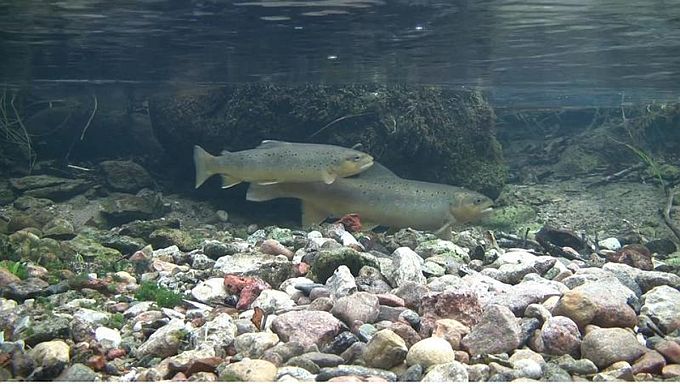
Looduskalender director Gennadi Skromnov talks about the web cameras: “A great number of viewers have asked, why can’t we see the wild boar and the bear cameras? The reason is the African Swine Fever, but we try to make it up to the viewers with other enterprises.
We were successful this year with the quality of the transmission from the brown trout spawning period, although we used quite aged technology. The tests continue.
But directly about nature. I cannot remember an autumn with such lasting eastern winds that carried away the water from our seas – usually we have westerly winds in autumn and a high water level. River mouths were so shallow that salmonids lost interest in getting to the spawning areas.“
Great grey shrike
Conservationist Enn Vilbaste says: “A wrecking tornado sped through South Estonia. At Täheva it was so powerful that people's pension savings in the forests fell with great crashes, in places only wide open spaces were left. The grey shrike appeared already in October sitting on wires with the first snow, which is not very usual..
Roe deer
Bear nurse and nature guide Kaja Kübar adds: “The number of roe deer has revived somewhat, in cold weather there were flocks of 11 individuals.
The jackals are already so many at the beaches of Pärnumaa that in spring there will be no deluge of birds on the coast meadows, and sheep lose lambs into the gaps of jackals.”
Moon
Moon-wise Mikk Sarv ends: “In the beginning of the year my book “Kuu” (The Moon) saw the light of the moon. In it the unique six-part moon calendar of our people can be read. And the moon of this year was really special. The snow-lit nights of the November moon were even more brightened by the rare giant full moon that is so close to the Earth only once in a hundred years.”
